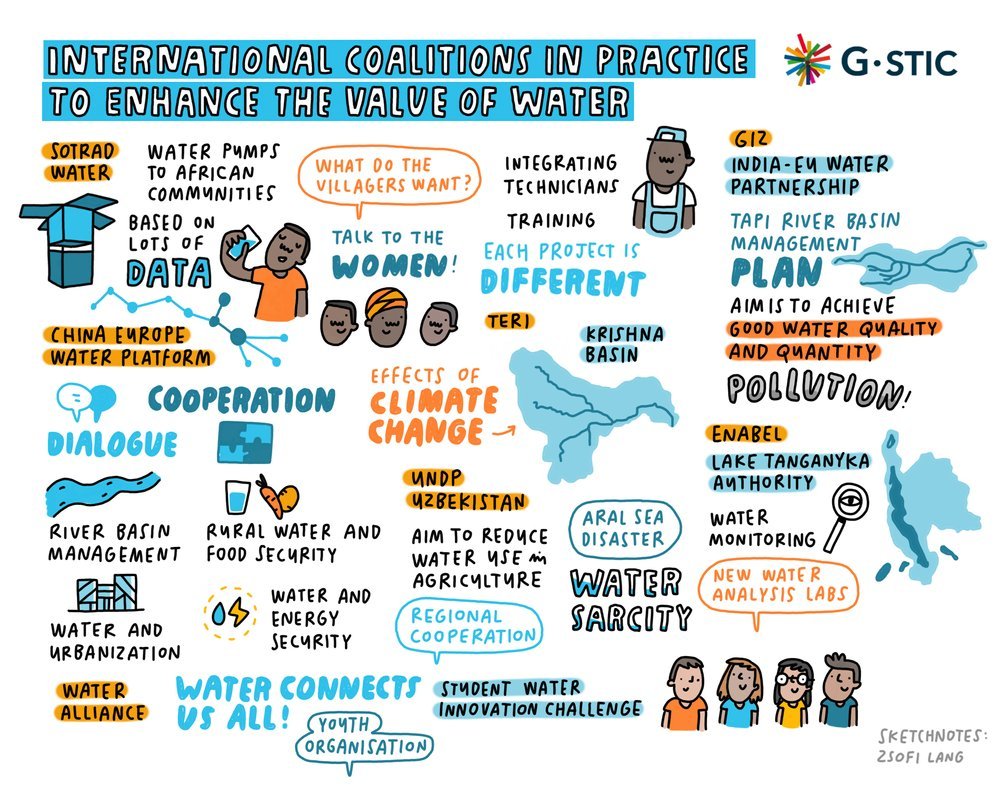Visual harvesting at scientific and policy events - How graphic recording helps attendees make sense of technical information
Visual harvesting provides an added value at any type of conference, since it help the attendees better understand what’s been said and also see connections they otherwise could have missed. But there is a specific type of event, namely events focused on policy where visual harvesting is extremely beneficial. Let’s dive into why that’s the case.
G-STIC conference graphic recording
Policy events are usually super technical and full of detailed, nuanced information. At these events, the stakes are often very high, and sometimes, every word counts. By offering visual harvesting, a few things can happen that make the experience smoother and richer for attendees.
Visual takeaways make it easy to see the main points and key takeaways of each session, thus letting participants hold on to what’s important to them long after the event.
They make it easier for facilitators to summarise the day and create a coherent narrative around what’s been said.
There is always an option to check in with the progress of each graphic recording from time to time, thus getting participants on the same page of what’s been said, and nudging them towards asking questions if something is unclear.
Visual harvesting is especially beneficial at online events where after a time, Zoom-fatigue can set in. By having a visual representation, it’s easier to keep the focus on the content of the event.
Visual harvesting at the Be-Cause Health conference
As a visual harvester, I saw these benefits first hand both at the Be-Cause Health global conference where the subject was climate justice and health equity, and also at the G-STIC conference about innovation and sustainability regarding the use of water.
Visual harvesting at the Be-Cause Health conference
It’s also possible to go a step further, and offer interactive visual harvesting at events that happen in-person. By inviting the participants to share what they think are the most important points and place post-its on the image visual takeaway that’s being created, you can offer a true community experience.
If you are interested in including visual at your next event, please reach out here.



